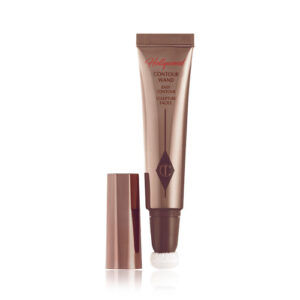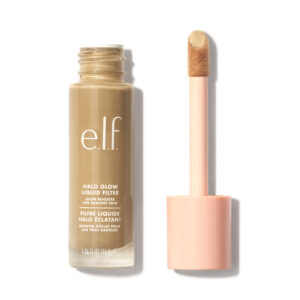Dealing with annoying pimples can be aggravating, especially when they decide to make an appearance at the most inconvenient times. But do not worry, since the skincare industry has a handy little secret weapon in its arsenal: pimple patches. If you’ve never heard of them and want to learn more, you’ve come to the correct place. In this blog post, we’ll look at what pimple patches are, how they work, what they’re made of, how to apply them correctly, when to use them, and some alternatives.
What are Pimple Patches?
Pimple patches, also known as acne patches or hydrocolloid patches, are thin adhesive patches that are applied to the skin to target and cure individual pimples. They are usually clear or semi-transparent, and come in a variety of sizes to fit different sorts of blemishes.
How do Pimple Patches Work?
The composition and design of pimple patches are what make them so effective. Most pimple patches are made of hydrocolloid, a moisture-absorbing substance often seen in wound dressings. When applied to a pimple, the patch provides a moist environment, which aids in the removal of impurities such as excess oil, pus, and bacteria. This procedure not only speeds up the healing process of the pimple, but also protects it from additional irritation and infection.
Furthermore, pimple patches serve as a physical barrier, shielding the blemish from external elements such as dirt and bacteria while also stopping you from picking or squeezing the pimple, which can exacerbate inflammation and cause scarring.
What are They Made of?
As previously stated, the major ingredient utilized in pimple patches is hydrocolloid. This material is mild on the skin and ideal for most skin types, including sensitive skin. Some patches may also include additional substances like salicylic acid or tea tree oil, which have anti-inflammatory and antibacterial qualities, to further the patch’s effectiveness.
How to Use Pimple Patches?
Usage is simple and straightforward:
- Cleanse the affected area and pat it dry.
- Carefully peel the patch off its backing.
- Gently press the patch onto the pimple, ensuring it adheres securely.
- Leave the patch on for several hours or overnight for best results.
- Remove the patch once it has turned opaque or white, indicating that it has absorbed impurities.
- Dispose of the used patch and follow up with your regular skincare routine.
When to Use Them?
Pimple patches can be applied at any stage of a pimple’s life cycle, from the instant you notice a blemish forming to when it has reached a head. They are most helpful on whiteheads and tiny pimples, but they can also aid to reduce inflammation and facilitate healing in larger, more resistant pimples.
Pimple patches are particularly ideal for usage before special events or situations when you want to swiftly reduce the look of a blemish without using harsh treatments that may irritate your skin even more.
Alternatives to Pimple Patches
While pimple patches are unquestionably convenient and effective, there are alternate therapies for treating acne:
- Topical spot treatments comprising benzoyl peroxide, salicylic acid, or sulfur can help dry out pimples and reduce irritation.
- Clay masks are another alternative for removing impurities and excess oil from the face.
- Regular cleaning and exfoliation can help to prevent breakouts by keeping the skin clean and debris-free.
- For severe or persistent acne, see a dermatologist who can offer individualized treatment options such prescription drugs or professional procedures.
In conclusion, pimple patches are a useful tool for treating and managing bothersome pimples. With their simple use and amazing effects, they have swiftly become a favorite among skincare fans all over the world. Whether you have an occasional breakout or suffer from chronic acne, pimple patches are a must-have addition to your skincare regimen. For more skincare information, explore our blog!






